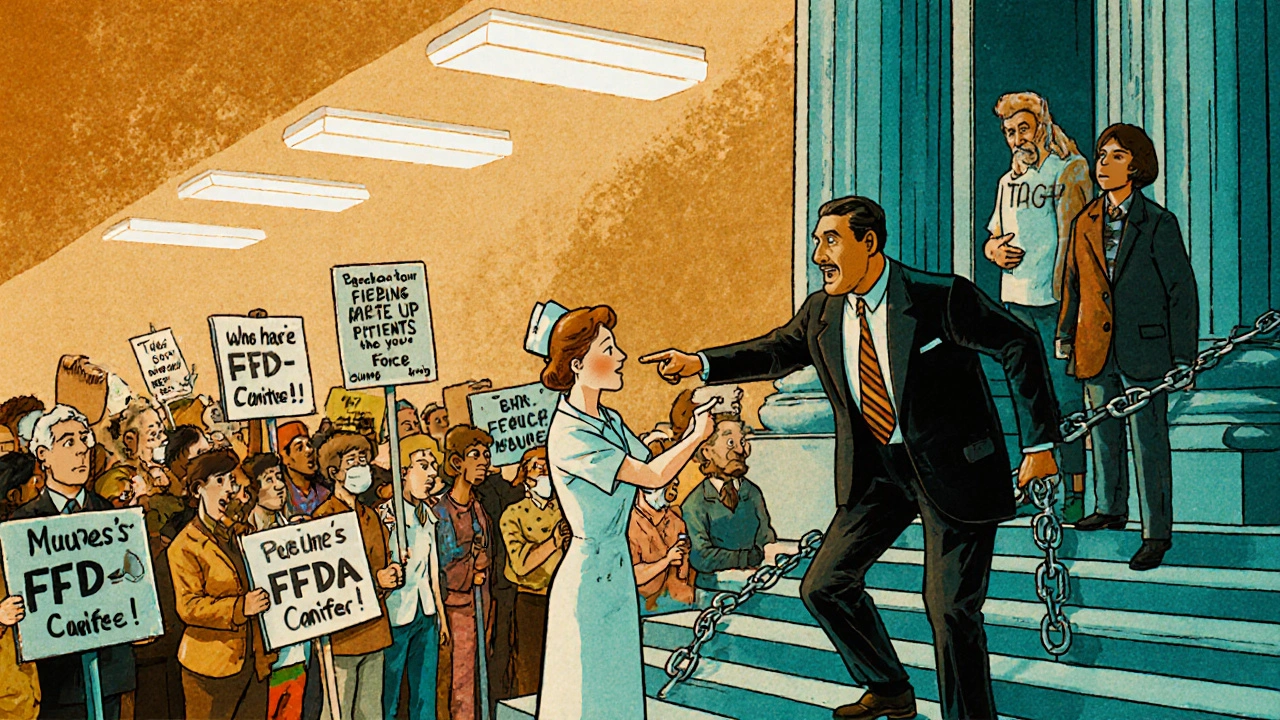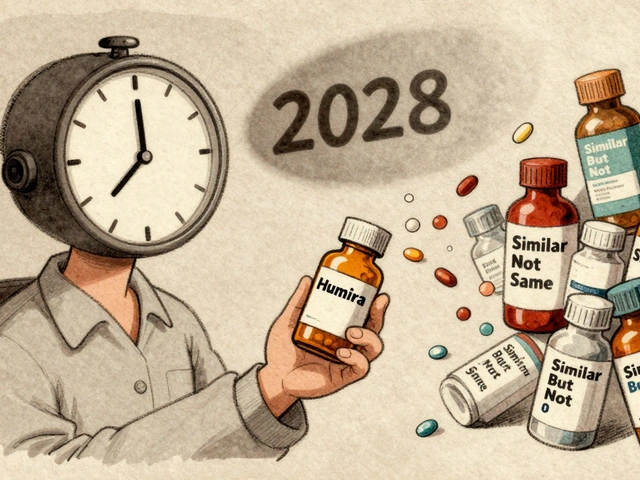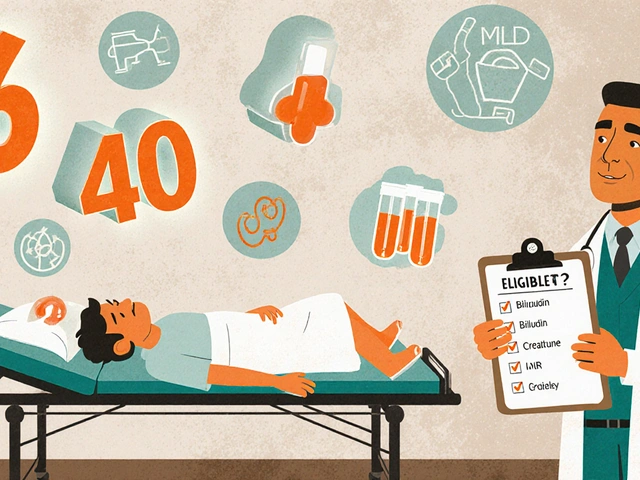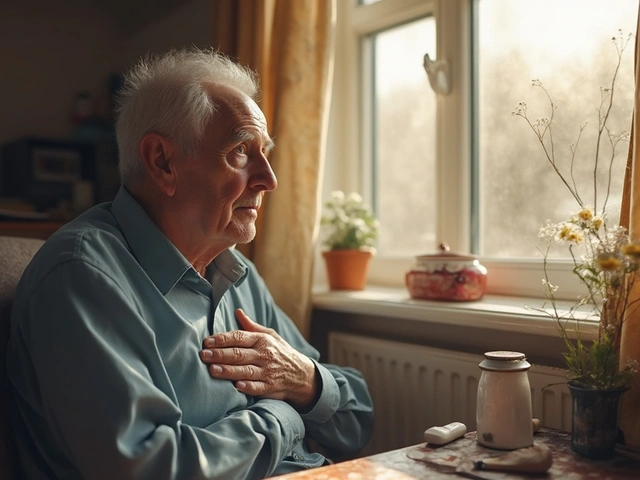AIDS activism: How Grassroots Movements Changed HIV Treatment and Access
When AIDS activism, a movement led by people living with HIV and their allies to demand faster drug approvals, affordable medications, and public awareness. Also known as HIV advocacy, it began not in boardrooms or labs, but on the streets, in hospitals, and in the homes of those who were being ignored. In the 1980s and early 90s, people with HIV were dying because treatments either didn’t exist or took years to reach them. The government moved slowly. Drug companies priced life-saving drugs out of reach. And fear kept many silent. But activists—many of them terminally ill—refused to wait. They chained themselves to the FDA, crashed pharmaceutical meetings, and wore T-shirts that said "Silence = Death." Their urgency wasn’t dramatic—it was survival.
AIDS activism didn’t just raise awareness; it rewrote the rules. It forced the FDA to create accelerated approval pathways for HIV drugs, which later became standard for other life-threatening diseases. It pushed insurance companies to cover expensive antiretrovirals. It made sure patients had a voice in clinical trials. And it led directly to drugs like Combivir, a combination HIV medication that became one of the first affordable, effective treatments available to many, being developed and distributed faster than any drug before it. Activists didn’t just ask for better care—they demanded to be part of designing it. Their work connected directly to today’s access issues: if you’ve ever heard someone say "Why does this drug cost so much?" or "Why did it take so long to get approved?"—that’s the legacy of AIDS activism.
The fight didn’t end with the first antiretroviral. It continued through debates over generic versions, international access, and the stigma that still blocks people from testing or treatment. Even now, the same spirit lives in the push for affordable HIV meds like Lamivudine, a key component in many first-line HIV regimens, often found in low-cost generics thanks to activist pressure, and in campaigns to get PrEP to people who need it most. The posts you’ll find here don’t just list drugs—they show how activism shaped the very options available to patients today. You’ll see how Combivir compares to newer treatments, how natural remedies help manage side effects, and how pharmacy access still reflects the battles fought decades ago. This isn’t history. It’s the foundation of every pill you pick up today.

Zidovudine and How Patient Advocacy Changed HIV Treatment
Zidovudine was the first HIV drug that saved lives-but it was patient advocacy that made it accessible, affordable, and humane. This is how activism transformed HIV treatment forever.
Read More




